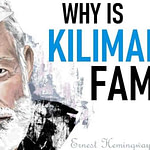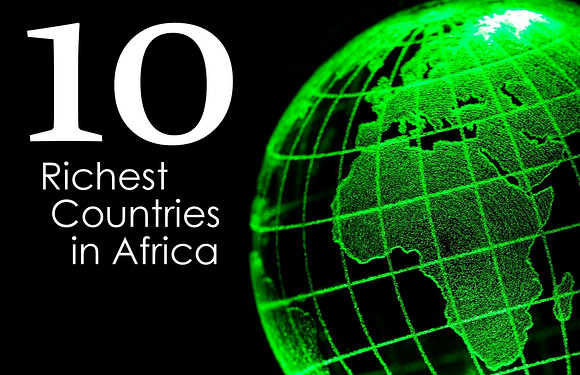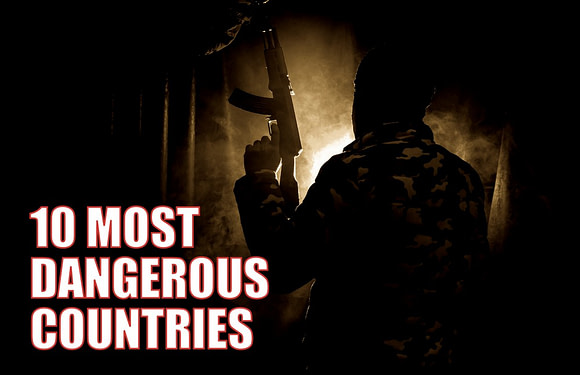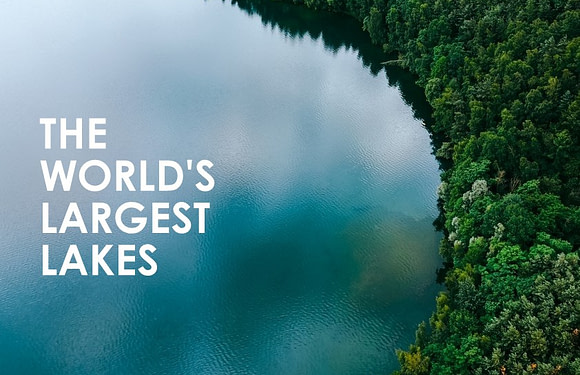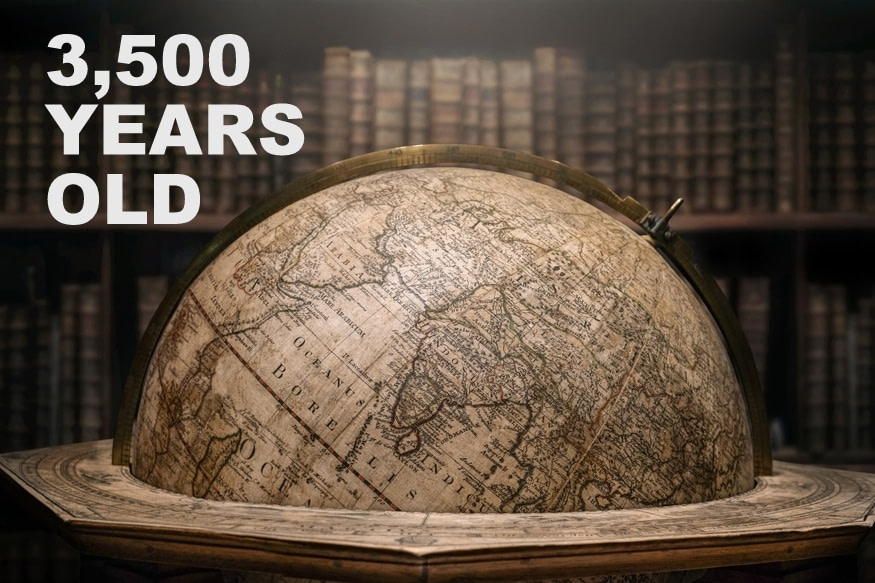
The average modern country was born in the 20th century. But a few have roots that go back thousands of years.
Most rankings focus on continuous sovereignty, or how long a state has ruled itself without interruption. But civilizations can survive without sovereignty. This list ranks the world’s oldest countries by cultural continuity – how long a people have lived under their own culture, language, religion, and leadership. To qualify, a civilization must have endured through conquest and colonization without losing its language, religion, and internal cohesion.
This approach gives a more meaningful view of history. Countries like Egypt, Iran, China, and Greece may have lost sovereignty for periods, but their civilizations never disappeared.
These are the 10 oldest civilizations still alive today.
1. China
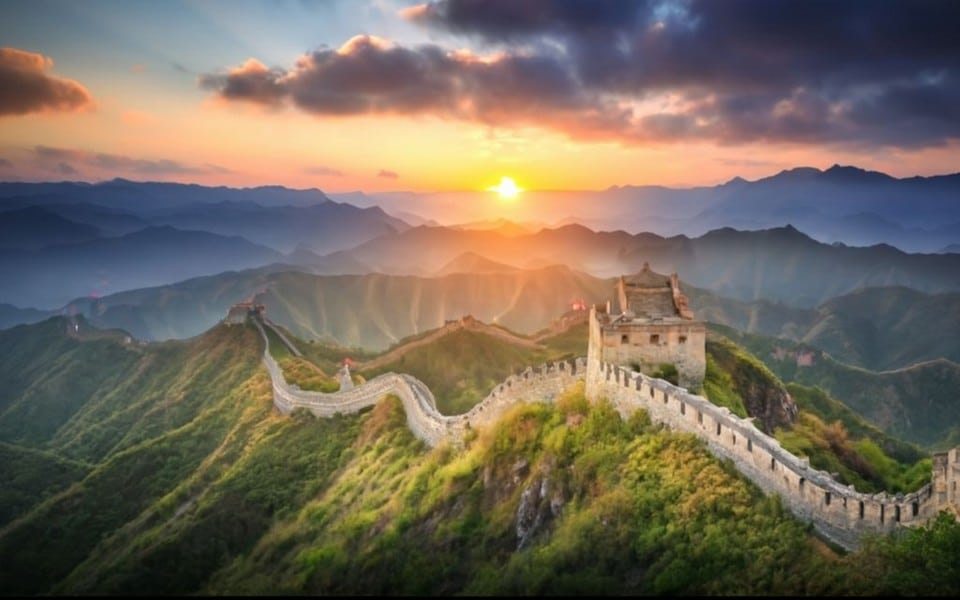
China is the oldest continuous civilization on Earth. Its political and cultural roots stretch back over 3,500 years to the Shang Dynasty, around 1600 BC. The Shang left behind bronze tools, oracle bones, and a writing system that evolved directly into modern Chinese. This unbroken linguistic tradition is rare in human history.
After the Shang came the Zhou, then the Qin, who unified China in 221 BC under Emperor Qin Shi Huang. From there, a series of dynasties (Han, Tang, Song, Yuan, Ming, and Qing) rose and fell, but the state never lost its civilizational identity. Confucianism, invented during the Zhou period, became the foundation of Chinese bureaucracy and ethics.
Even under Mongol and Manchu rule, Chinese language, customs, and worldview remained dominant. Foreign rulers adopted Chinese norms to maintain legitimacy.
The fall of the Qing in 1912 ended imperial China. A republic followed, then civil war. In 1949, the People’s Republic of China was born. Despite that shift, China’s deep state traditions remained. The modern Communist Party inherited much of the same centralized governance and imperial logic. It governs with the same bureaucratic mindset it has for centuries. No civilization has adapted more while preserving more. That’s why China tops the list.
2. Egypt
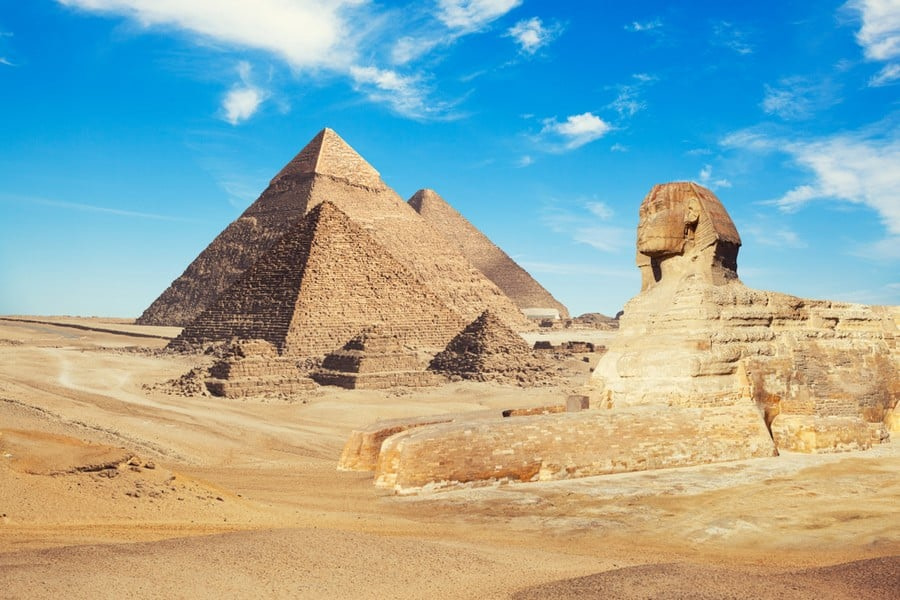
Egypt’s civilization is one of the oldest known to man. The first unified kingdom appeared around 3100 BC under Pharaoh Narmer. Over the next 3,000 years, Egypt built pyramids, developed writing, and governed with unmatched administrative skill.
While dynasties came and went, the Egyptian worldview stayed intact. Life revolved around the river, agriculture, and a strong centralized state. Even today, most Egyptians live along the Nile, just like their ancestors did thousands of years ago.
Foreign powers have ruled Egypt including Persians, Greeks, Romans, Arabs, Ottomans, and the British. But they never fully displaced Egyptian identity. After the Islamic conquest in the 7th century, Arabic replaced Coptic as the dominant language. Islam replaced native religion. Yet the Egyptian character endured.
Under Arab rule, Egypt remained the intellectual center of the Islamic world. Cairo became the seat of power for the Fatimids, then the Mamluks, and later the Ottomans. It was occupied, but never erased.
Modern Egypt emerged from British control in 1952. Gamal Abdel Nasser led the country into the post-colonial era. Today, it remains the most populous Arab country. Its cultural influence dominates the region.
3. Iran
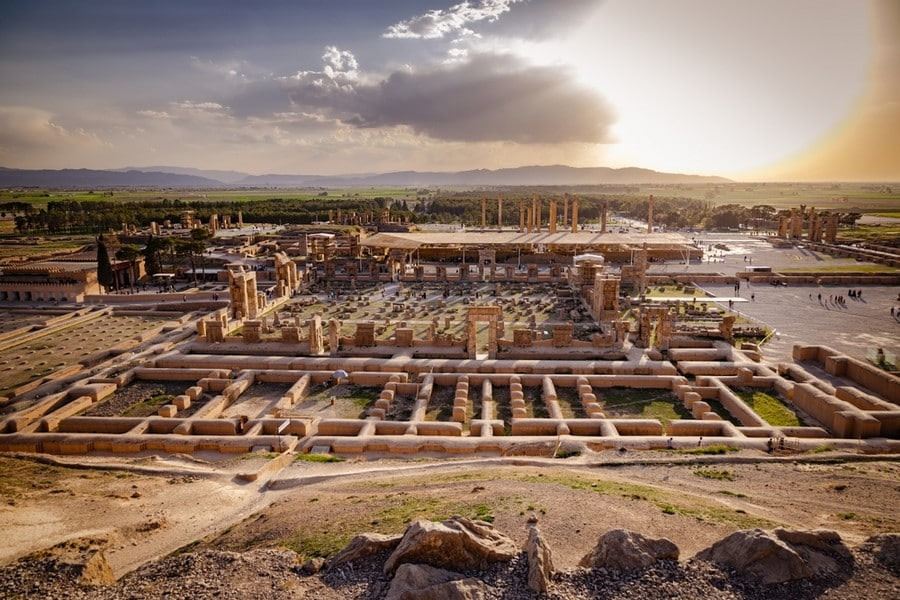
Iran, once called Persia, has been a major power for over 2,500 years. It began in 550 BC when Cyrus the Great founded the Achaemenid Empire. That empire ruled much of the ancient world. Since then, the Persian state has survived under many dynasties – Achaemenid, Parthian, Sassanid, Safavid, and others.
What sets Iran apart is its cultural endurance. Conquerors came – Alexander the Great, Arab armies, Mongols, and more. Yet none wiped out Persian identity. After the Arab conquest, Iran adopted Islam, but shaped it on its own terms. Shi’a Islam, the Persian variant, became dominant under the Safavids in the 1500s.
The Persian language survived, enriched with Arabic but never replaced. Persian literature thrived, with poets like Hafez and Rumi influencing cultures far beyond Iran’s borders. The language, customs, and sense of self continued even under foreign rule.
In 1979, the Islamic Revolution replaced the monarchy with a theocratic republic. Iran today still occupies the same core territory it did in ancient times. Its capital, Tehran, lies within the heartland of old Persia.
4. India
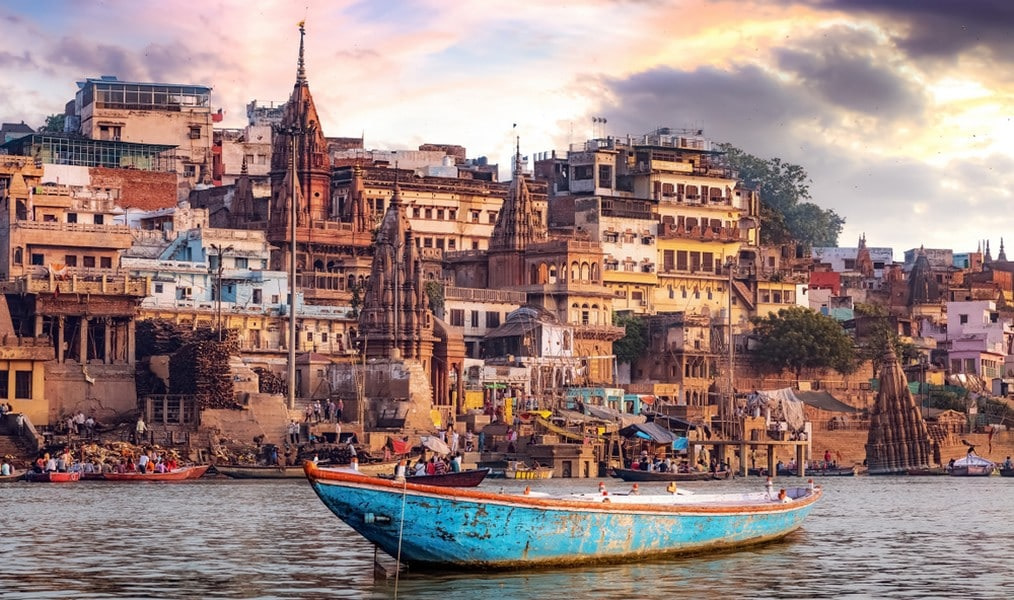
India’s civilization is ancient, complex, and continuous. It began with the Indus Valley Civilization around 2500 BC, one of the world’s first urban cultures. After its decline, Vedic traditions took root in the Ganges Valley. These traditions evolved into Hinduism, India’s dominant religion to this day.
For thousands of years, India was home to a mosaic of kingdoms, empires, and religions. Mauryas, Guptas, Cholas, Mughals – all left their mark. Buddhism, Jainism, and Sikhism were born here. Islam arrived with invasions in the 8th century and became deeply rooted.
Despite foreign rule, Indian identity remained strong. Even under the Mughals and British, local languages, religions, and social systems continued. The British controlled India politically but never assimilated it culturally. In 1947, India gained independence and became the world’s largest democracy. Its civilizational core persisted through every era.
India today is incredibly diverse. It has 22 official languages and hundreds of regional dialects. Few nations can claim such long continuity with such diversity.
5. Greece
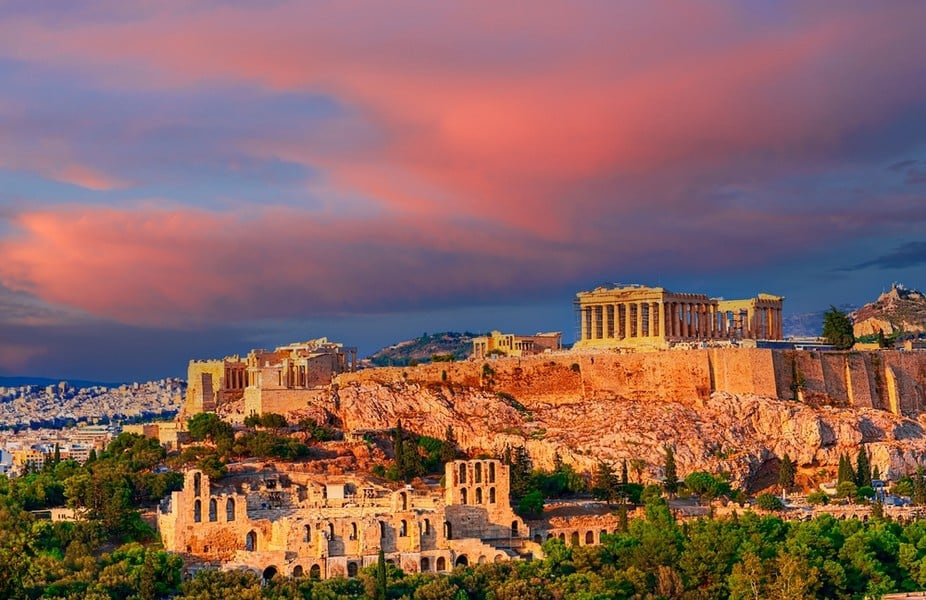
Greece’s civilization began in the Bronze Age, with the Mycenaean kingdoms around 1100 BC. Classical Greece – Athens, Sparta, Plato, and the Parthenon – came later, in the 5th century BC. That golden age collapsed, but Greek culture never died.
Though the Romans conquered Greece in 146 BC, they preserved Greek culture. Greek became the language of science, philosophy, and governance in the Eastern Roman Empire. When Rome split in 395 AD, the eastern half became the Byzantine Empire, with Greek as its official language.
The Byzantines lasted for 1,000 years. They called themselves Romans, but they were Greek in every way that mattered. Their liturgy, theology, and administration shaped Orthodox Christianity, still practiced in Greece today.
The Ottomans conquered Constantinople in 1453. Greece fell under Ottoman rule for 400 years. But the people kept their language, faith, and traditions alive through the Church and local institutions.
In 1821, Greece began its war of independence. By 1830, it was a sovereign state again. Modern Greece built a national identity directly tied to its classical and Byzantine roots. It embraced democracy, ancient history, and Orthodoxy as pillars of the state.
6. Japan
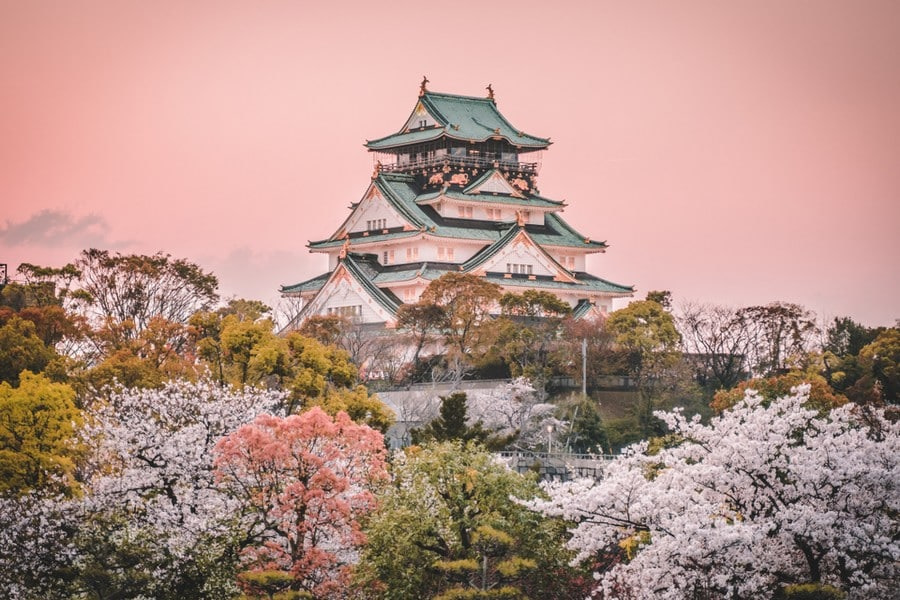
Japan claims the world’s oldest hereditary monarchy, dating back to 660 BC. But the first verifiable Japanese state emerged in the 6th century AD, when the Yamato court centralized power and adopted Buddhism. Since then, the Japanese civilization has remained intact, unified by language, religion, and royal lineage.
The imperial family has ruled continuously, even if at times only symbolically. During the feudal era, real power shifted to the shogunate, but the imperial institution endured. No foreign power ever ruled Japan as a colony. Even after defeat in World War II and American occupation, the Japanese state was not dissolved.
Shinto and Buddhism still anchor spiritual life. The Japanese language, based on ancient scripts and court dialects, has remained stable across centuries. Japan industrialized rapidly in the 19th century without losing its cultural identity. It’s one of the few civilizations to modernize while preserving its traditional institutions.
The Meiji Restoration in 1868 restored direct imperial rule, reinforcing national unity. After 1947, Japan adopted a new constitution but kept the Emperor as a symbol of continuity. This unique political and cultural balance helped Japan survive war, natural disaster, and foreign pressure without internal collapse. It has maintained its language, religion, and government institutions across 1,400+ years.
7. Ethiopia
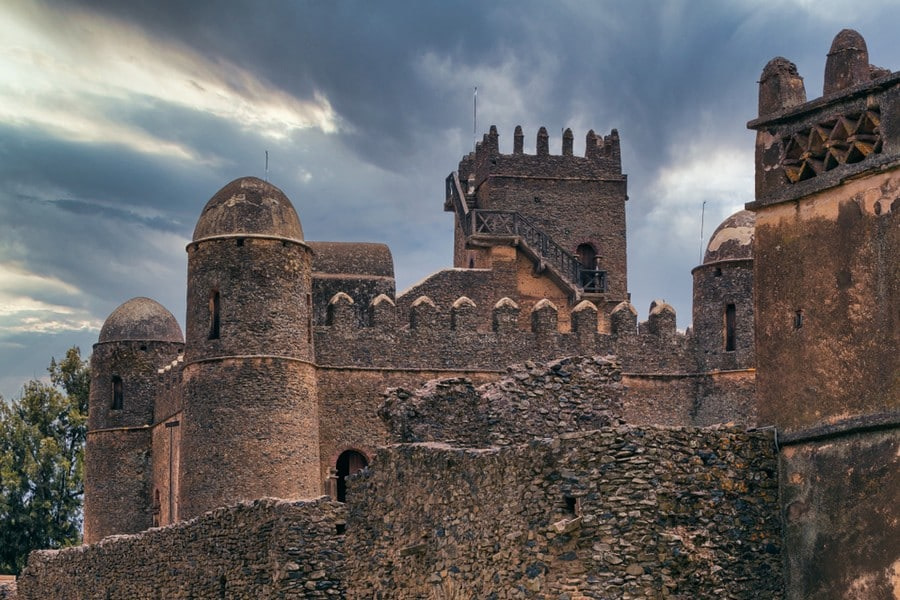
Ethiopia is the only African nation to maintain political independence throughout the colonial era. But its civilizational history runs much deeper. It traces back to the Aksumite Empire, a powerful Christian kingdom that emerged around 100 AD and controlled Red Sea trade routes. Ethiopia adopted Christianity in the 4th century, making it one of the earliest Christian civilizations in the world.
The Solomonic dynasty, established in 1270 AD, claimed descent from King Solomon and the Queen of Sheba. This dynasty ruled for over 700 years, reinforcing a strong national identity based on Orthodox Christianity, Amharic culture, and Ethiopian independence.
Despite pressures from Muslim conquests and European colonialism, Ethiopia remained sovereign except for a brief Italian occupation from 1936 to 1941 (which Ethiopians resisted fiercely). Even during occupation, the church, language, and monarchy survived underground.
Ethiopia’s geographic isolation, with its highlands and rugged terrain, helped preserve its autonomy. So did its deeply rooted traditions. The Ethiopian Orthodox Church, with its own canon and liturgy, remains a defining feature of national identity.
Today, Ethiopia is a federal republic. But the legacy of its ancient Christian empire still shapes its culture and governance. From royal chronicles to religious festivals, the past lives on. No other sub-Saharan African civilization maintained such long-term continuity.
8. Jewish Civilization (Israel)
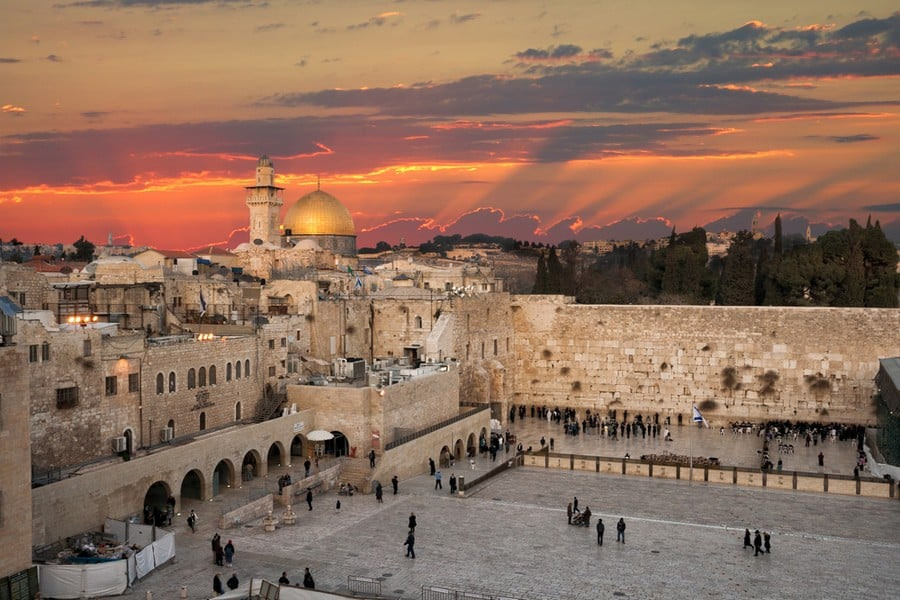
Jewish civilization began more than 3,000 years ago in the ancient kingdoms of Israel and Judah. These early states were eventually destroyed – by the Assyrians, Babylonians, and Romans. But Jewish identity did not disappear. Instead, it transformed into a global diaspora (a population that has spread or been dispersed from its original homeland) united by religion, language, and memory.
Even without a state, Jews retained a strong cultural core. Jewish communities kept their customs for centuries – through exile, persecution, and migration. Wherever they settled, they built schools, rituals, and institutions to maintain identity. Hebrew scriptures were preserved. Religious law (halakha) governed daily life. Synagogues replaced temples. And Hebrew, though not spoken in daily life, survived as a sacred language.
The re-establishment of Israel in 1948 marked the political return of one of the world’s oldest civilizations to its ancestral homeland. No other people has returned from such a long political exile with such a strong cultural core. Jewish civilization is unique in its ability to survive dislocation without disintegration.
9. Armenia
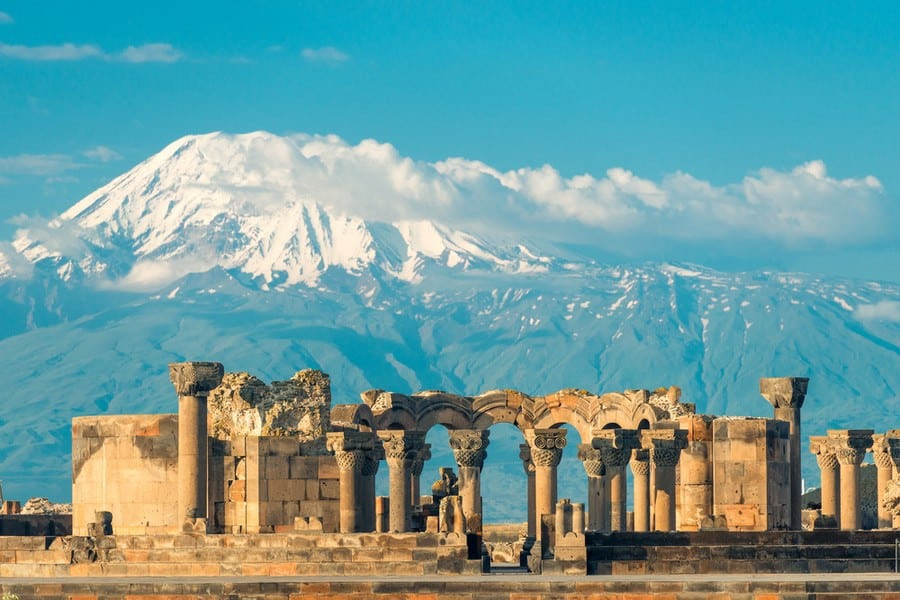
Armenia was the first nation to adopt Christianity as a state religion in 301 AD. But Armenian civilization predates that moment by centuries. It has Bronze Age roots, with a recorded presence in the region going back at least 3,000 years.
Over time, Armenia faced repeated invasions from Persians, Romans, Byzantines, Arabs, Mongols, Ottomans, and Soviets. But the Armenian language, church, and national identity never disappeared. Even under foreign rule, Armenians maintained local institutions and a distinct religious and cultural life. In the diaspora, they established schools, printed literature, and preserved liturgies. They endured genocide, forced exile, and suppression, yet continued to see themselves as a single, ancient nation.
After centuries of fragmentation, Armenia briefly regained independence in 1918 before being absorbed into the Soviet Union. It re-emerged as a sovereign republic in 1991. But cultural continuity was never lost even when sovereignty was.
The Armenian alphabet, invented in the 5th century, is still used today. So are many of the same religious rituals and folk traditions. Yerevan, the capital, is one of the world’s oldest continually inhabited cities.
10. Korea
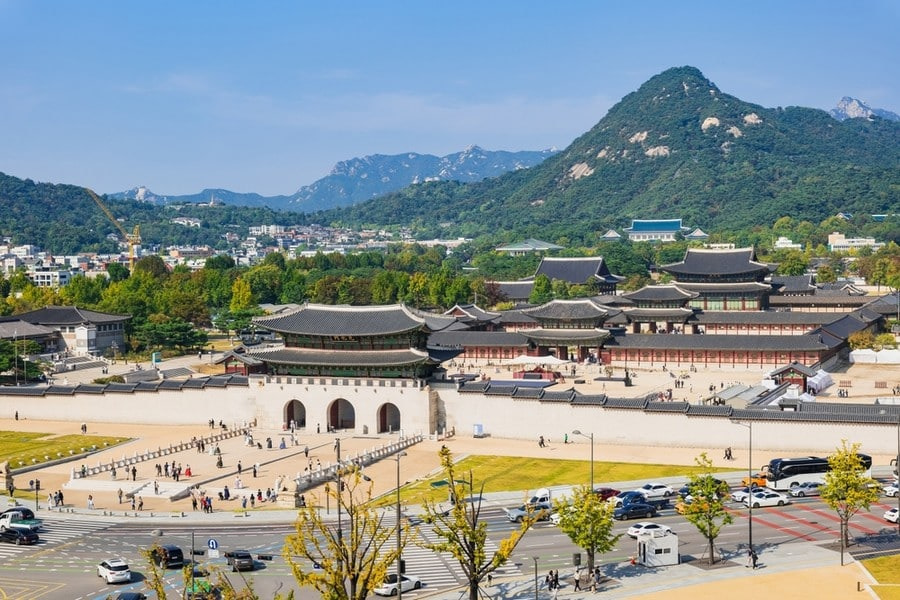
Korean civilization began with the Gojoseon kingdom, traditionally dated to 2333 BC. While the archaeological record starts closer to 1000 BC, Korea’s cultural identity has remained consistent for over two millennia.
Three ancient kingdoms (Goguryeo, Baekje, and Silla) unified into a single state in the 7th century. From then on, Korea developed a stable bureaucratic tradition, Confucian educational system, and rich literary culture, often influenced by China but never absorbed by it.
The Korean language, written in Hangul since the 15th century, is a major marker of national identity. So is the enduring role of Confucian values in family, governance, and social life.
Japan annexed Korea in 1910, ruling it until 1945. But even under colonization, Korean culture survived through underground schools, churches, and resistance movements. After World War II, Korea split into two states, North and South, but both remain deeply rooted in the same civilizational base.
Despite division, both Koreas trace their legitimacy to the same ancient past. They teach the same founding myths, revere the same dynasties, and use the same traditional calendar.
Why Have These Civilizations Lasted So Long?
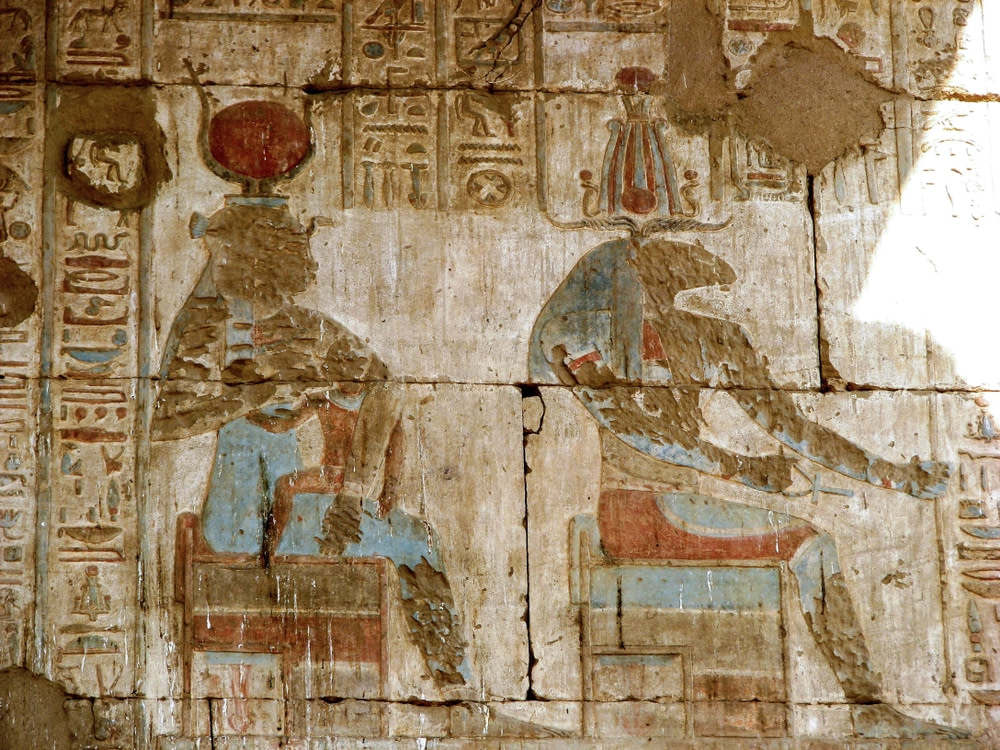
What kept these civilizations alive was the strength of their cultural systems. They built institutions that were both durable and portable – structures that could survive disruption through scripture, oral tradition, and education. They were invaded, ruled, scattered, and nearly erased. But they never lost their identity. The culture stayed.
Each had a deep tradition of education. Religious schools, scriptural study, and oral transmission carried values across generations. Language played a central role. Written scripts and native tongues tied people to their past, even under foreign rule.
Religion anchored identity. Traditions like Judaism, Hinduism, Orthodox Christianity, Confucianism, and Zoroastrianism preserved moral codes and historical memory through centuries of upheaval.
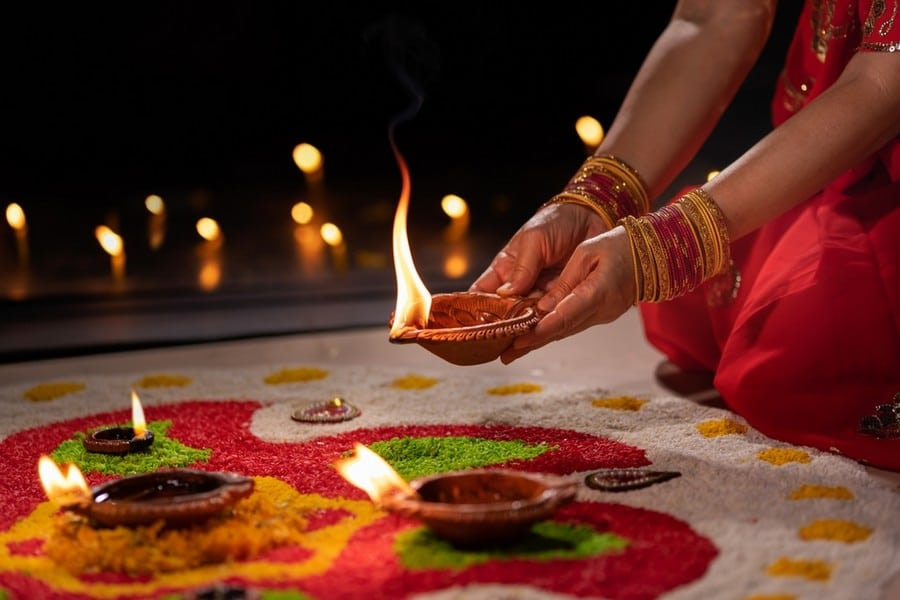
Many of these societies maintained elite classes – scribes, monks, priests, or scholars – tasked with guarding knowledge and law. Others kept continuity through family systems, inheritance customs, and shared rituals.
Geography helped in some cases. But it wasn’t the main reason. The key was cultural infrastructure. These civilizations had depth, cohesion, and a shared sense of purpose. Their survival came from within, not from defense alone. They adapted, but they didn’t forget who they were.
























